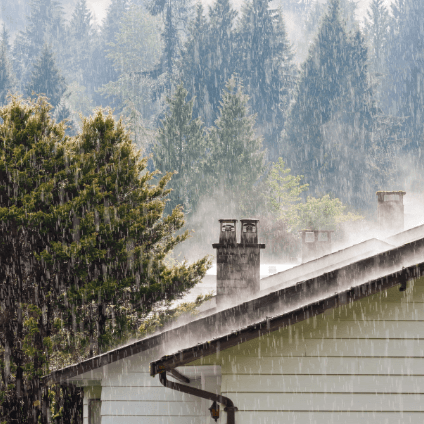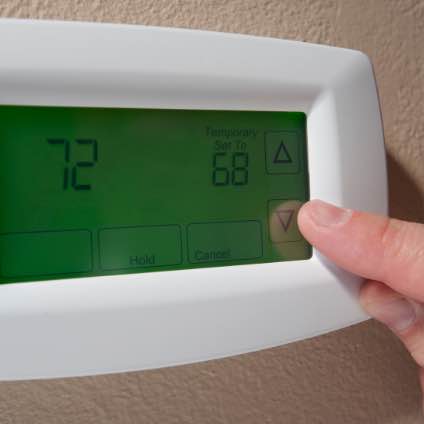Preventing & Addressing Water Damage Due to the Spring Thaw

Every year, Massachusetts homeowners and small businesses are hit with the harsh reality of winter, worrying about everything from snowy driveways to power outages from the region’s inevitable nor’easters. And while we can’t control the weather, home and small business owners can minimize the risk of damage by following a few simple steps related to heating, plumbing and facilities maintenance, and minimize future financial burdens with the right insurance coverage.
New England homeowners should be aware of the consequences of water damage caused during the spring thaw. You can't control Mother Nature, but you can implement measures that will help prevent water damage and save on costly water damage restoration repairs.
Understand your insurance coverage
Read the details of your homeowner's insurance coverage as it applies to water damage and flooding, because unless you carry flood insurance, any damage to your home caused by spring-thaw flooding is generally not covered. Many policies also don't cover backed-up sewers unless you pay a higher premium specifically for this added coverage.
How to prevent water damage
No homeowner can prevent water damage under every circumstance, but you can prepare your home ahead of spring-thaw months to prevent common causes of damage.
- Basement pumps. Install a sump pump or a sewer backflow value and keep a battery-operated backup in case of power failure. Consider installing a water alarm that warns when water is accumulating in your basement.
- Basement storage. Keep valuable items out of your basement. Removing any electronics or stored valuables from your basement prior to spring-thaw warnings could prove to be an important ounce of prevention.
- Debris removal. Remove debris from window wells, gutters and downspouts.
- Doors and windows. Check for any leaks around doors and windows.
- Exterior walls. Keep all exterior walls of your home well painted and sealed.
- Flood drains. If you have flood drains, make sure they work properly.
- Foundation cracks. Inspect your foundation for cracks that will allow water seepage and initiate repairs.
- Fuel tanks. Permanently anchor any fuel tanks.
- Grading. Inspect the grading around your home and make any changes. Design the grading to encourage the water to flow away from your home.
- Landscaping. Trim trees and bushes away from your home and do not store wood or compost piles nearby.
- Roof. Keep your roof in good repair. Unless a tree falls on your roof during a storm, most insurers expect you to maintain your roof to prevent water leaks caused by snow melting or torrential downpours.
Dangers of reoccurring basement flooding
Homes built close to bodies of water or in a flood zone often have reoccurring basement flooding, which is a serious problem for several reasons. Not only can frequent water in your basement permanently damage the foundation of your home, but it can also reduce your property value. Individuals with respiratory problems have great difficulty living in damp homes. Frequent insurance claims due to basement flooding will also increase your premiums and deductibles.
Plan ahead to safeguard possessions
Keep a file that contains an accurate list of all your possessions and secure it in a safe place, such as a waterproof container or a safe deposit box. You should include:
- Copies of your insurance policies and your agent's contact information
- An inventory of your major household possessions and valuables with accompanying photos or video. Include serial numbers and store receipts for major purchases. Obtain appraisals for any valuable artwork or jewelry.
- Other critical, irreplaceable documents such as financial records and personal documents
By preventing and addressing water damage due to the spring thaw, your precautions might just eliminate the need for any water damage repair inside your home.
Please contact your independent agent if you have any questions on coverage.





